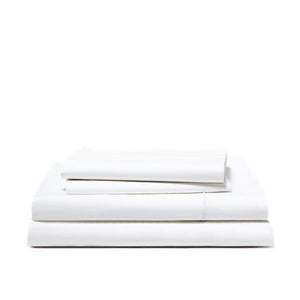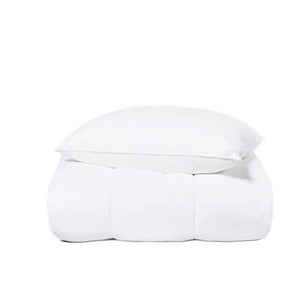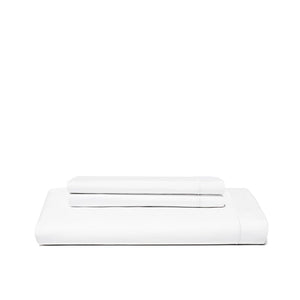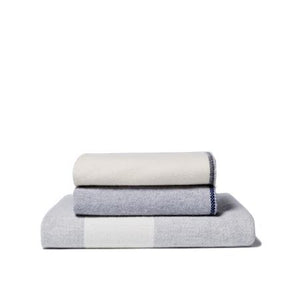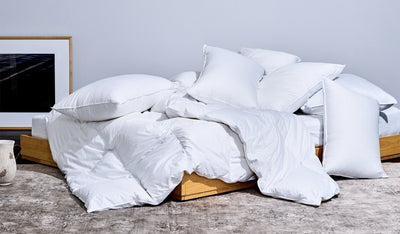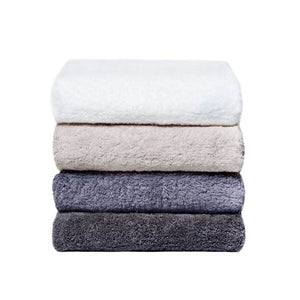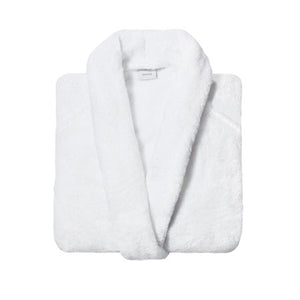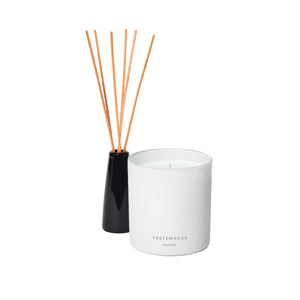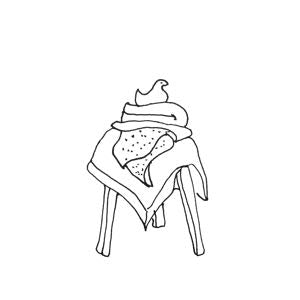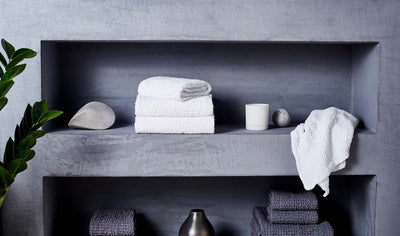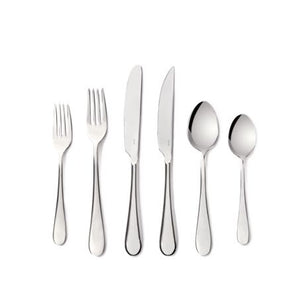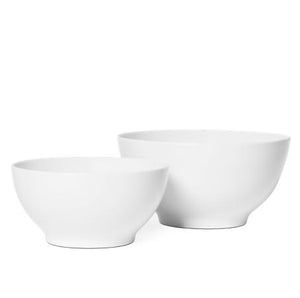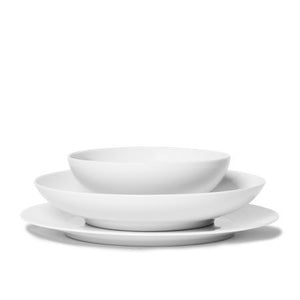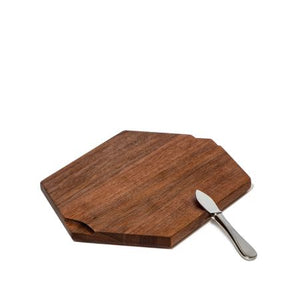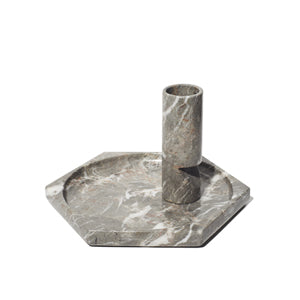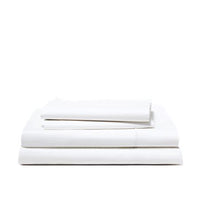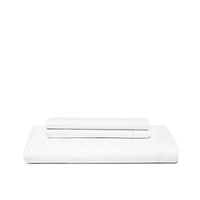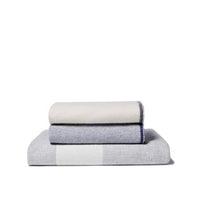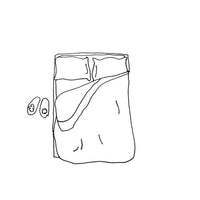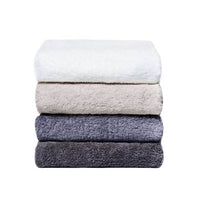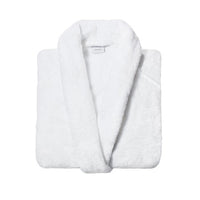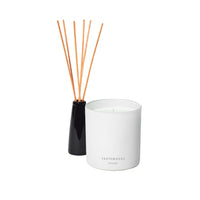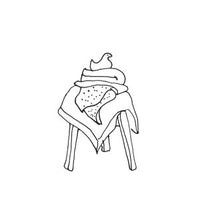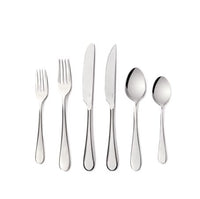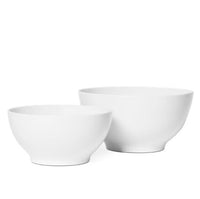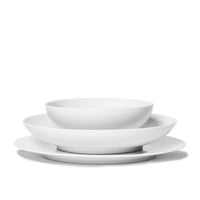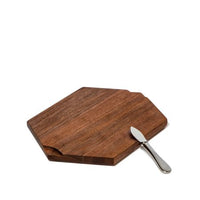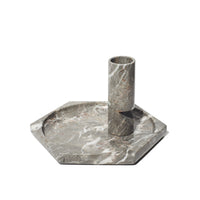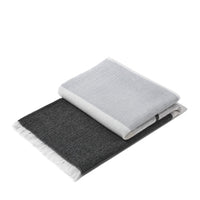How to Wash Pillows? This question may also come to your mind. If you're like most people, you probably don't think about washing your pillows very often. However, pillows can accumulate sweat, oils, and dead skin cells over time, making them a breeding ground for bacteria and dust mites.
Washing your pillows regularly can help keep them clean and fresh and extend their lifespan.
So, how do you wash pillows properly? The answer depends on the type of pillow you have.
Some pillows, such as down, feather, and synthetic down pillows, should be hand-washed or dry-cleaned to avoid damaging the filling.
Other pillows, such as synthetic or foam pillows, can usually be machine-washed. In this article, we'll walk you through the steps for washing different types of pillows and provide tips for maintaining them between washings.
Understanding Types of High-Quality Pillows

When it comes to choosing the right pillow for you, it's important to consider the different types of pillows available in the market.
Each type of pillow has its own unique features and benefits that cater to different preferences and needs.
Down and Feather Pillows
Down and feather pillows are made from the soft, fluffy undercoating of geese or ducks. Down is the lighter, fluffier part of the feather, while feathers are the heavier, quill-like part.
These types of pillows are known for their softness and ability to conform to the shape of your head and neck. They are also highly breathable, making them ideal for people who tend to sleep hot. However, down and feather pillows may not be suitable for people with allergies.
Memory Foam Pillows
Memory foam pillows are made from a high-density foam that molds to the shape of your head and neck. They are known for their ability to provide excellent support and relieve pressure points.
Memory foam pillows are also hypoallergenic and resistant to dust mites, making them a good choice for people with allergies. However, they may not be suitable for people who tend to sleep hot, as memory foam tends to retain heat.
Synthetic Pillows
Synthetic pillows are made from materials such as polyester, microfiber, or other synthetic fibers, including some of the best down alternative pillows. They are often less expensive than down or memory foam pillows and are hypoallergenic, making them a good choice for people with allergies.
Synthetic pillows are highly durable and easy to care for. However, they may not provide the same level of support and comfort as down or memory foam pillows.
Specialty Pillows
Specialty pillows are designed to cater to specific needs or preferences. For example, some specialty pillows are designed for side sleepers, while others are designed for people with neck pain or snoring issues.
Some specialty pillows are also designed for decorative purposes, such as throw pillows. When choosing a specialty pillow, it's important to consider your specific needs and preferences.
Pre-Wash Care for Quality Pillows

Before washing your pillows, it's important to take certain steps to ensure they remain in good condition. Here are some tips to follow for pre-wash care of quality pillows.
Checking Care Labels
Before washing your pillows, check the care label instructions. Some pillows may require dry cleaning only, while others may be machine washable.
If there are no care label instructions, it's best to err on the side of caution and hand wash the pillows.
Pre-Treating Stains and Odors
If your pillows have any stains or odors, it's important to pre-treat them before washing.
For stains, apply a small amount of hydrogen peroxide directly onto the stain and let it sit for a few minutes before washing. For odors, sprinkle baking soda onto the pillow and let it sit for a few hours before washing.
Removing Dust and Allergens
To remove dust and allergens from your pillows, use a vacuum with a HEPA filter.
Be sure to vacuum both sides of the pillow and pay special attention to the seams and edges. You can also place your pillows in the dryer on the air-only cycle for 10-15 minutes to help remove any remaining dust and allergens.
Washing Tips to Maintain a Good Quality Pillow

When it comes to washing your pillows, it's important to follow the correct guidelines to ensure that your pillows remain in good quality. In this section, we'll go over the different techniques you can use to wash your pillows correctly, including machine washing and hand washing, as well as the best detergents and water temperatures to use.
Machine Washing Guidelines
If you're planning on machine washing your pillows, there are a few guidelines you should follow to ensure that they are washed correctly.
First, make sure that your pillows are machine-washable. Check the care label on your pillows to see if they are suitable for machine washing.
If they are, then you can proceed to wash them in your washing machine.
When washing your pillows in a washing machine, it's important to use a gentle cycle and cold or lukewarm water.
This will help to prevent any damage to the pillows and ensure that they are cleaned thoroughly.
You should also use a mild detergent and avoid using fabric softener, as this can damage the filling in your pillows.
After washing your pillows, make sure to run them through an extra rinse cycle to ensure that all of the detergent has been removed.
You can then dry your pillows in a dryer on a low heat setting or air-dry them outside in the sun.
Hand Washing Techniques
If you prefer to hand wash your pillows, there are a few techniques you can use to ensure that they are washed correctly.
First, fill a bathtub or sink with warm water and add a small amount of mild detergent. Place your pillows in the water and gently knead them to work the detergent into the fabric.
After washing your pillows, drain the soapy water and refill the tub with clean, lukewarm water.
Rinse your pillows thoroughly to remove any remaining suds. You can then gently squeeze the pillows to remove excess water, but avoid wringing them out, as this can damage the filling.
Detergent and Water Temperature
When it comes to choosing the right detergent and water temperature for washing your pillows, it's important to use mild detergents and avoid using hot water.
Hot water can damage the filling in your pillows and cause them to lose their shape.
Instead, opt for a mild detergent and use cold or lukewarm water. This will help to ensure that your pillows are cleaned thoroughly without causing any damage to the filling.
You can also add a small amount of white vinegar to the water to help remove any odors from your pillows.
Tips for Maintaining Your Best Pillows

Regular Cleaning Schedule
To maintain the quality of your pillows, you should clean them regularly. The frequency of cleaning depends on the type of pillow you have.
For example, down and feather pillows need to be cleaned at least twice a year, while synthetic pillows can be cleaned every three to six months.
However, if you want to avoid the hassle of washing your pillows frequently, you can use a pillow protector or a pillowcase to keep them clean. Pillow protectors are usually made of hypoallergenic materials that prevent dust mites, bacteria, and allergens from accumulating on your pillows.
Proper Storage Solutions
Proper storage of your pillows is also essential to maintain their quality.
When not in use, store your pillows in a cool, dry place that is free from moisture. Avoid storing them in plastic bags or containers as this can trap moisture and promote the growth of mold and mildew.
You can also use pillow covers or protective covers to keep your pillows clean and fresh. These covers are usually made of breathable materials that allow air to circulate and prevent moisture buildup.
When to Replace Your Pillow
No matter how well you maintain your pillows, they will eventually wear out and lose their shape and support.
As a general rule, you should replace your pillows every 1-2 years, depending on the type and quality of the pillow.
To determine if it's time to replace your pillow, check for signs of wear and tear, such as lumps, clumps, and flattened areas.
If your pillow no longer provides the support and comfort you need, it's time to invest in a new one.
By following these simple tips for pillow maintenance and storage, you can ensure that your pillows stay clean, fresh, and comfortable for years to come.
Conclusion
Additionally, routine cleaning schedules and proper storage in breathable covers or protectors help extend pillow lifespan and ensure ongoing comfort. Knowing when to replace pillows, typically every 1-2 years, ensures optimal sleep support. Discover our premium collection of pillows for the ultimate in comfort and support.
FREQUENTLY ASK QUESTIONS
Why should I wash my pillow regularly?
Regular washing removes sweat, oils, and dead skin cells that accumulate on pillows, preventing them from becoming breeding grounds for bacteria and dust mites. This helps maintain hygiene and prolongs the life of your pillow.
What are the health benefits of washing pillows?
Washing pillows reduces allergens like dust mites and helps alleviate allergies and respiratory issues. It also promotes better sleep hygiene by keeping your sleep environment clean and fresh.
How often should I wash my pillows?
It is recommended to wash pillows every 3-6 months, depending on the type of pillow and personal preference. Pillows used by allergy sufferers or those with oily skin may require more frequent washing.
Can washing pillows improve sleep quality?
Yes, clean pillows provide better support and comfort, enhancing sleep quality. Regular washing maintains the pillow's shape and fluffiness, ensuring it continues to provide adequate support for your head and neck during sleep.
